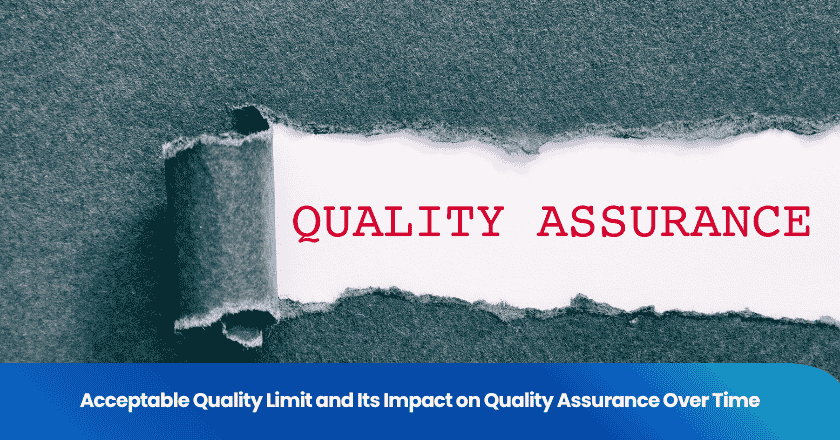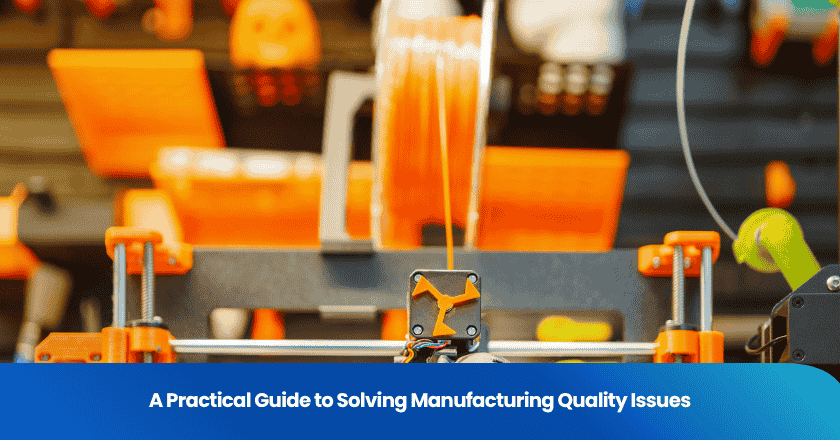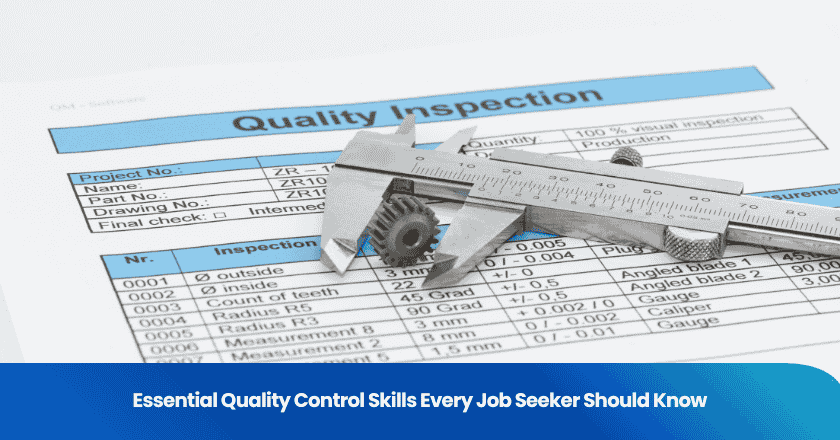
Imagine you inspect a batch of medical devices and find that only 0.5% have defects. You rely on the aql acceptable quality limit to decide if this rate is acceptable for your industry. This standard helps you balance quality with practical inspection needs. Over time, industries such as apparel, structural components, and home decor have set their own acceptable defect rates, reflecting how critical defects impact product safety and user experience. Understanding AQL allows you to make informed decisions that protect consumers and maintain trust.
Key Takeaways
- AQL sets a maximum number of defects allowed in a batch, helping you make informed decisions about product quality without inspecting every item.
- Understanding AQL helps balance quality control with production efficiency, saving time and resources while maintaining high standards.
- AQL standards, like ISO 2859, provide a consistent framework for inspections across industries, ensuring clear communication with suppliers and customers.
- Automation and digital tools enhance AQL application, allowing for faster defect detection and real-time data analysis to improve quality management.
- Staying updated on AQL trends and technologies is crucial for adapting to changing industry standards and maintaining product quality.
AQL Acceptable Quality Limit Overview
Definition and Purpose
You encounter the term aql acceptable quality limit in many quality assurance settings. This concept sets a clear threshold for the maximum number of defects you can tolerate in a batch before you reject it. The definition has evolved over time, reflecting changes in industry standards and global practices.
AQL, originally known as acceptable quality level, was redefined in 2008 as acceptable quality limit. ISO 2859 defines AQL as the “quality level that is the worst tolerable process average when a continuing series of lots is submitted for acceptance sampling.”
When you use aql, you rely on statistical quality control to determine if a batch meets the acceptable criteria. The purpose of aql is to help you make objective decisions about product quality without inspecting every single item. This approach saves time and resources, especially in large-scale manufacturing.
You often refer to aql tables to select the right sample size and determine the number of defects allowed. These tables provide a standardized way to apply aql across different industries. By using standard aql values, you ensure consistency and fairness in your inspections.
The main objectives of implementing aql acceptable quality limit include:
- Establishing a threshold for defect tolerance, so you know how many defects are acceptable while still passing inspection.
- Balancing effective quality control with the realities of mass production, which satisfies both you and your customers.
- Refining quality control practices to minimize errors, protect your reputation, and keep production on schedule.
You see that aql supports both manufacturers and customers by setting clear expectations for product quality. This system helps you maintain high standards while managing costs and timelines.
Role in Quality Assurance
Aql plays a central role in your quality assurance process. You use it as a decision-making tool to determine if a batch meets your standards or needs further action. The aql acceptable quality limit gives you a statistical framework for evaluating product quality, making your decisions more reliable and less subjective.
You use aql tables to guide your sampling and inspection process. These tables help you decide how many items to inspect and how many defects are acceptable. Standard aql values, such as 1.0, 2.5, or 4.0, represent different levels of stringency. You select the standard aql that matches your product’s risk level and customer requirements.
Aql reduces the need for exhaustive inspections. By focusing on a sample, you conserve time and resources. This approach also encourages continuous improvement, as you identify trends and address root causes of defects. You set a benchmark for the maximum number of defective items permissible within a sample batch, ensuring that your products meet the acceptable quality limit.
You find that statistical quality control, supported by aql, helps you maintain a balance between quality and efficiency. Acceptable aql values vary by industry, but the principle remains the same: you want to deliver products that meet or exceed customer expectations while managing costs.
Aql tables and standard aql values have become essential tools in your quality assurance toolkit. They help you make informed decisions, reduce inspection costs, and uphold your commitment to quality.
History of Acceptable Quality Level
Military Origins in World War II
You can trace the roots of the acceptable quality level back to the demands of World War II. The U.S. Army faced the challenge of inspecting massive quantities of military supplies. You see that random sampling and statistical acceptance became essential tools for managing quality efficiently. The military introduced the concept of an acceptable quality level to determine how many defective items could be tolerated in a batch without compromising safety or performance.
You rely on these early standards to understand how the acceptable quality level became a cornerstone of quality assurance. The military needed a method to balance speed and reliability, so they defined clear thresholds for what was acceptable. This approach allowed inspectors to approve shipments quickly while maintaining strict control over defective rates.
Redefinition and Evolution
After the war, you notice that the acceptable quality level concept spread rapidly into civilian industries. Manufacturers adopted the military's statistical methods to manage quality in mass production. You see the evolution of standards as organizations refined the definition of what was considered acceptable.
Consider the following milestones in the development of the acceptable quality level:
1. The U.S. military established MIL-STD-105 in the 1940s to control the quality of supplies.
2. In the 1950s and 1960s, you observe the formal definition of acceptable quality level as the maximum percentage of defectives allowed.
3. Civilian industries embraced the concept, leading to the creation of ANSI/ASQC Z1.4, which provided standardized tables for acceptable quality level.
4. International organizations developed ISO 2859-1, making the acceptable quality level a global standard.
5. Today, digital tools automate sampling and inspection, but you still rely on the foundational logic of acceptable quality level.
You recognize that the acceptable quality level has evolved from a wartime necessity to a universal benchmark. This history shows you how industries worldwide use the acceptable quality level to ensure products meet strict standards. The concept remains vital as you adapt to new technologies and global expectations.
AQL Standards and Global Adoption
ISO 2859 and Sampling Plans
You rely on international standards to guide your quality assurance process. ISO 2859 stands out as the most recognized standard for aql sampling. This standard helps you design a sampling plan that determines how many items you need to inspect from a batch. You use aql tables to select the sample size and decide the maximum number of defective items allowed before you reject the lot.
ISO 2859 evolved from military standards such as MIL-STD-105 and MIL-STD-1916. These standards introduced the concept of random sampling and set the foundation for modern aql practices. You see that ISO 2859 provides clear instructions for inspections, making it easier to apply aql across different industries and countries.
Tip: When you use ISO 2859, you ensure that your sampling plan matches global expectations for quality. This consistency helps you communicate with suppliers and customers worldwide.
You often refer to aql tables when you need to determine the acceptable defect rate for your products. These tables show you how many samples to inspect and how many defects are permissible. You find that ISO 2859 covers various levels of stringency, so you can adjust your sampling plan based on the risk and importance of your products.
Here is a simple table that shows how ISO 2859 guides your sampling decisions:
| Lot Size | Sample Size | Acceptable Defects | Rejection Point |
|---|---|---|---|
| 1200 | 80 | 2 | 3 |
| 5000 | 200 | 5 | 6 |
| 20000 | 315 | 7 | 8 |
You use this approach to maintain control over the defect rate in your production. The sampling plan helps you balance thorough inspections with efficiency, ensuring that you do not waste resources while still protecting product quality.
Industry Applications
You see aql standards adopted in many industries, each with unique requirements for defects and inspections. Manufacturers in electronics, textiles, automotive, and medical devices use aql tables to set clear expectations for quality. You apply aql to manage the acceptable number of defects in each batch, ensuring that your products meet industry regulations and customer demands.
In the electronics industry, you use aql to monitor the defect rate in circuit boards and components. You select a sampling plan that matches the critical nature of these products. In textiles, you rely on aql tables to check for defects such as stitching errors or fabric flaws. You adjust the acceptable limits based on the intended use of the product.
Note: You must choose the right sampling plan for your industry. A higher risk product requires a stricter aql standard and fewer acceptable defects.
You find that aql standards help you communicate with suppliers and customers. When you set clear limits for defects, you build trust and reduce disputes. You use inspections to verify that products meet the agreed-upon quality level. This process supports global trade, as aql standards provide a common language for quality assurance.
Here are some ways you apply aql in different industries:
- In automotive manufacturing, you use aql tables to inspect safety-critical parts.
- In food production, you rely on a sampling plan to check for contamination and packaging defects.
- In home goods, you set acceptable limits for cosmetic defects to maintain customer satisfaction.
You see that aql standards have become a universal tool for managing quality. You use them to set benchmarks, control defect rates, and ensure that your products meet the highest standards. The global adoption of aql supports efficient inspections and consistent quality across borders.
AQL in Modern Quality Assurance
Automation and Digital Transformation
You see automation changing how you apply aql in practice. Modern inspection systems use sensors and cameras to detect defects quickly. You can program machines to sort products based on acceptable quality standards. This approach reduces human error and speeds up the inspection process. You rely on software to analyze data and generate reports about defects. Automated systems help you track trends and identify areas for improvement. You use digital dashboards to monitor defect rates and ensure that batches meet the acceptable limits.
Tip: Automated inspection tools allow you to review thousands of items in minutes. You can set parameters for acceptable defects and receive instant feedback when a batch does not meet your standards.
You notice that digital transformation makes it easier to share quality data across teams. You can access real-time information about defects and adjust your processes quickly. Automation supports consistent application of aql, helping you maintain high standards in every production run.
Future Trends
You will see aql evolving as technology advances. Artificial intelligence and machine learning promise to improve defect detection. You may use predictive analytics to forecast when defects are likely to occur. This helps you prevent problems before they affect your products. You can expect more industries to adopt digital sampling plans that adjust automatically based on production data.
You might see new standards for acceptable quality as global markets demand higher precision. You will need to adapt your inspection methods to keep up with changing regulations. You can use cloud-based platforms to store and analyze defect data from multiple locations. This makes it easier to compare results and improve your processes.
Note: Staying informed about new technologies helps you apply aql effectively. You can use advanced tools to reduce defects and deliver products that meet acceptable quality levels.
You will find that aql remains a vital part of quality assurance. You can use modern tools to ensure that your products meet the highest standards and satisfy customer expectations.
You see the aql acceptable quality limit remain essential in quality management. Over time, you have watched aql adapt to new standards and technologies. You use it to identify defects and set clear limits for what is acceptable. Automation now helps you detect defects faster and more accurately. As you move forward, you must stay alert to changes in global standards and continue refining your approach to managing defects.
FAQ
What does AQL mean in quality assurance?
You use AQL to set the maximum number of defects allowed in a sample batch. This helps you decide if a lot meets your quality standards without inspecting every item.
How do you choose the right AQL level?
You select the AQL level based on product risk and customer expectations. Higher-risk products require stricter limits on defects. You consult industry standards to guide your choice.
Why do you inspect only a sample instead of every item?
You inspect a sample to save time and resources. Sampling lets you estimate the number of defects in the entire batch. This method helps you maintain efficiency while controlling quality.
What types of defects do you track during inspection?
You track critical, major, and minor defects. Critical defects affect safety, major defects impact function, and minor defects relate to appearance. You categorize each defect to decide if the batch passes.
Tip: Always record defects by type to improve your inspection process.
How does automation improve defect detection?
You use automated systems to scan products for defects quickly. Machines identify defects with sensors and cameras. Automation reduces human error and speeds up your inspection process.
Grow your business with TradeAider Service
Click the button below to directly enter the TradeAider Service System. The simple steps from booking and payment to receiving reports are easy to operate.


